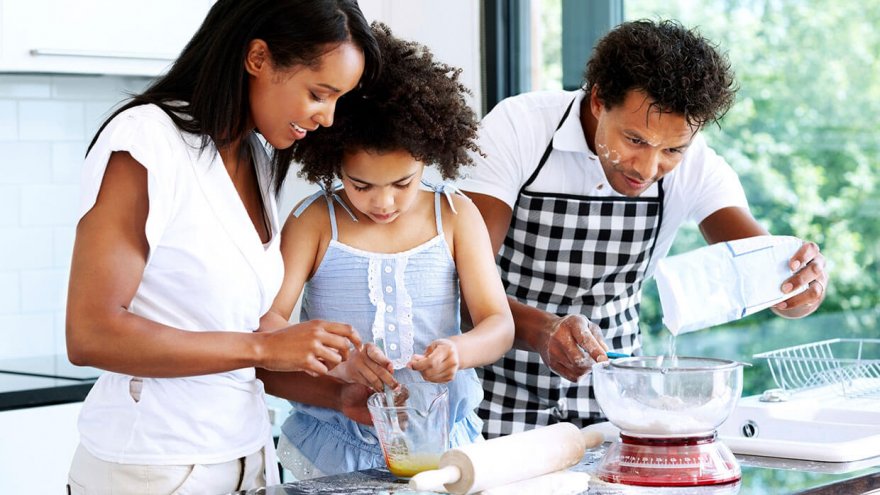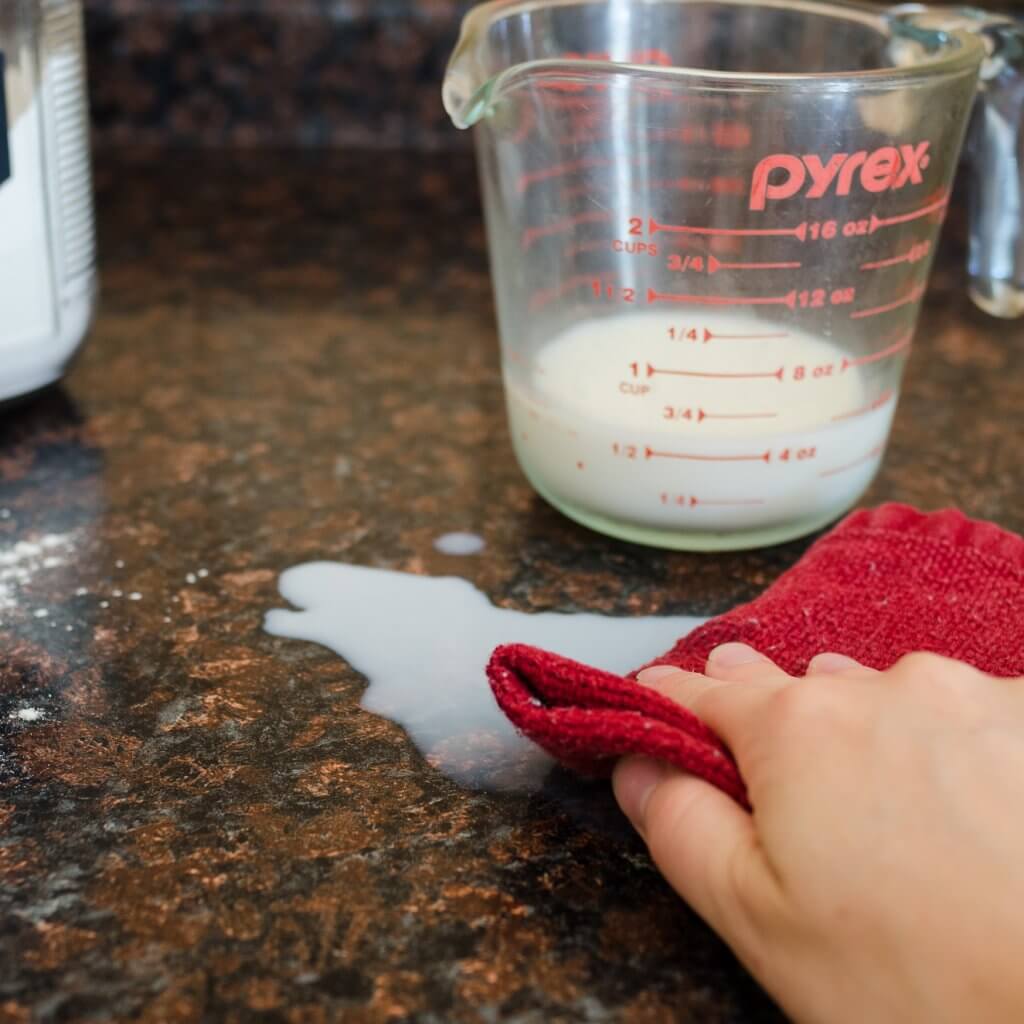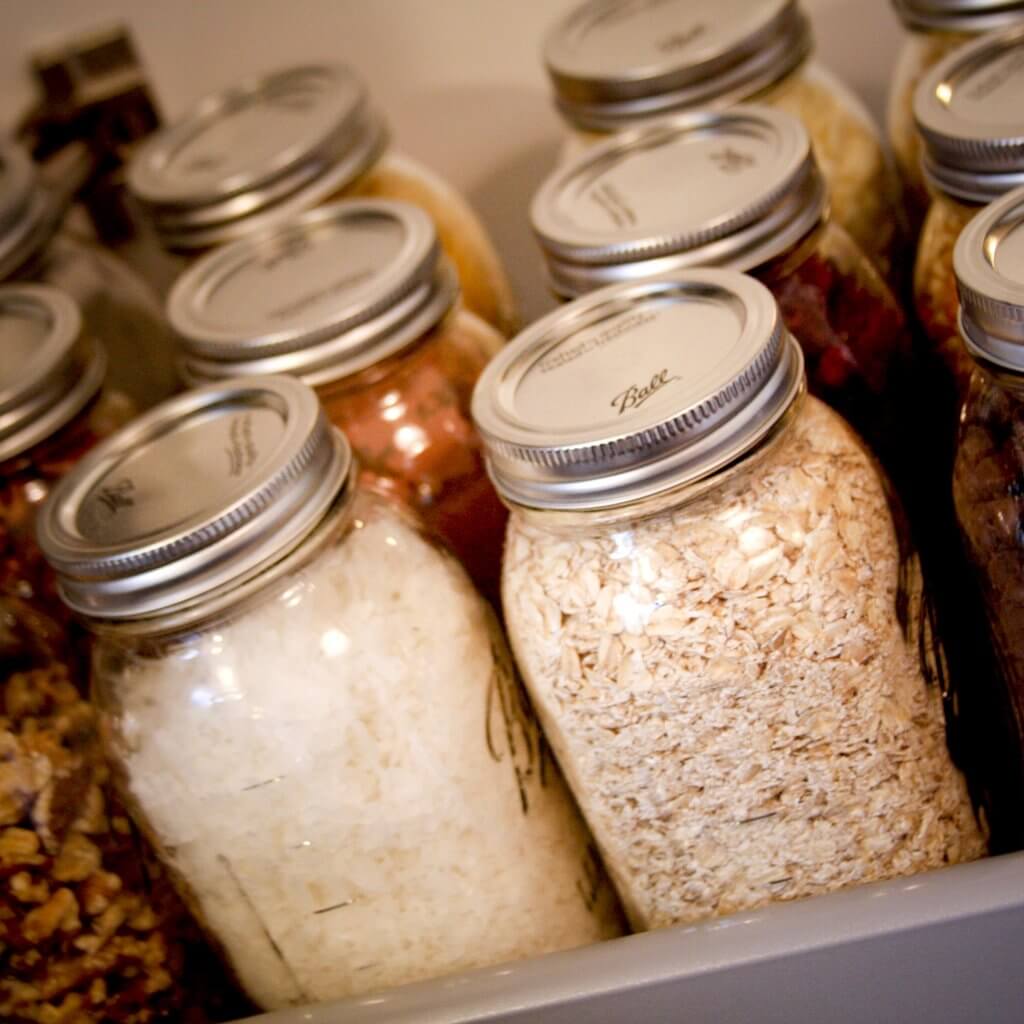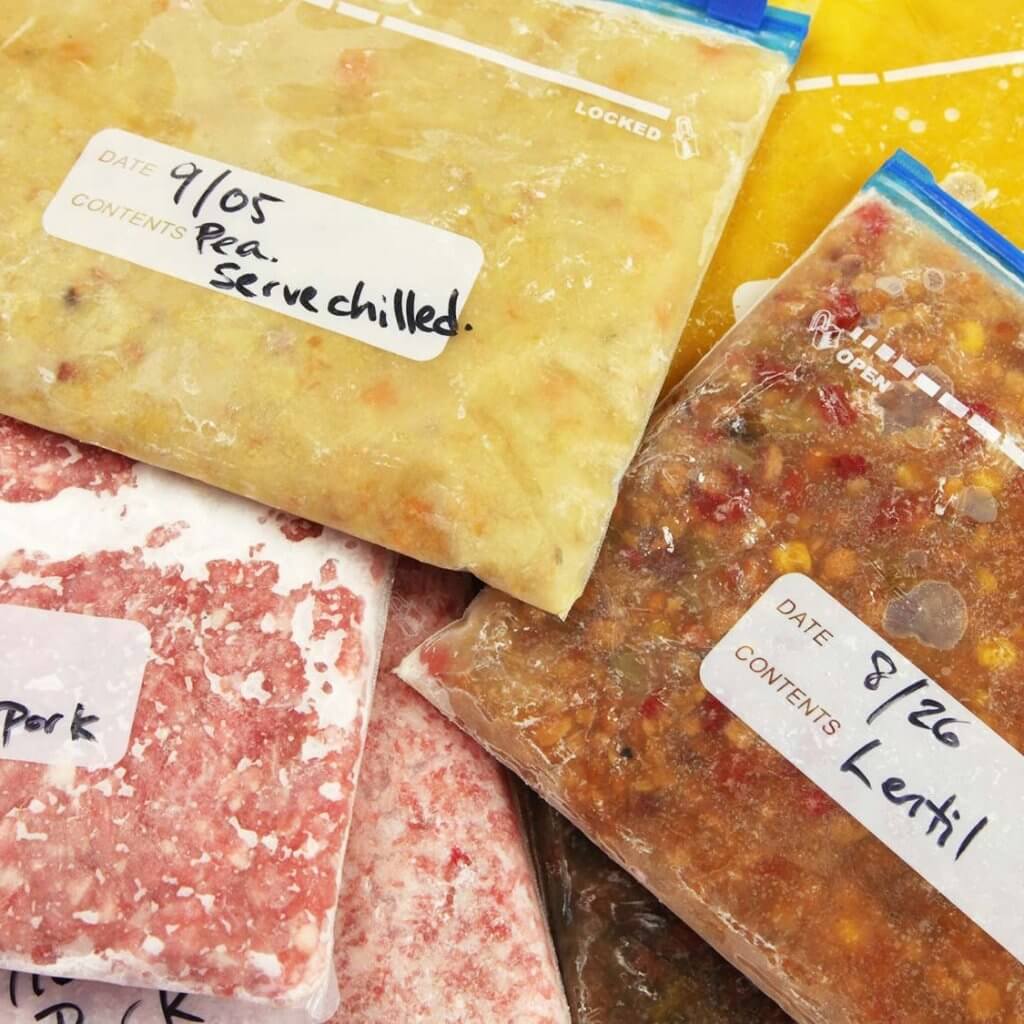Food Safety and Sanitation for Home Cooking

Running a household can be an exhausting feat. When it comes to meal prep the most important things we take into consideration is the well being of our family. Health, safety and . nutritional value are at the top of the list followed by taste and aesthetics. With so much information available at our fingertips, it is hard to really know if we are getting the most from our food.
The FDA and HACCP have put in place a rigorous inspection process and high-quality standards to ensure the spread of illness causing contamination is kept to a minimum. The HACCP is responsible for quality control at every stage of foods journey from the earth to your table. They perform a food safety analysis for biological, chemical, and physical hazards.
There are extra steps you can take at home to further ensure the health of your family. Paying close attention to the news of virus outbreaks or food recalls is one of the most helpful methods you can use. This helps keep you well informed by people in your surrounding community to know what foods to look out for during your next grocery store trip.
Where is Bacteria and What is It
Bacteria is everywhere, from the air to our food. Not all bacteria is bad and some can actually help to boost the immune system. It is important to know and understand how things like probiotics and antibiotics affect the body and our overall health. Probiotics are found in things like yogurt and cheese.
They are active live cultures that aid in healthy digestion. On the other hand you have antibiotics. These have come to have a bad rap, while it’s true they can often cause a lot of complications they can provide some really beneficial factors during an infection. It is not ideal however to have our meat supply tainted by these antibodies.
Constant exposure to them can decrease their effectiveness when our bodies suffer from things like strep throat and ear infections. For children these are common ailments so it is important to understand the natural balance and contradictions of these microorganisms.
Environment and Cross Contamination
Environment plays a huge role in the quality and safety of food. From packing and distribution to storing and preparing there are so many possible contaminants. Bacteria rapidly grows in wet warm climates and on unclean surfaces. Cross contamination is the number one cause of foodborne illnesses.

This happens when things such as kitchen utensils go unwashed between use in one kitchen sitting. For example, using the same knife to cut the chicken as you do the vegetables in an example of cross-contamination. Another possible contaminant can be cleaning chemicals that have not been properly washed away between uses. Another important fact to consider is, one of the most common causes of food poisoning is cross contamination.
Contrary to popular belief, food poisoning is not the same as cross contamination. Although one can cause the other, it is possible to contaminate food without causing an illness. Some well-known viruses caused by improper food care are Salmonella, Listeria, and E.coli, which can live on hard surfaces for up to 24 hours. Causes of these viruses are most commonly found in raw meats and poultry and can sometimes be found in vegetables as well.
Hygiene and Sanitation
It is important to wash all surfaces in the kitchen between use in order to avoid the growth of germs and spread of bacteria. Washing your hands before and after food prep is also one of the most effective methods of eliminating bacteria.
It is required by law that all employees, doctors and kitchen staff wash their hands regularly to ensure a certain standard of good hygiene and it’s a good practice to maintain at home.
It is also important to take extra steps such as washing the food before preparation. This will ensure pesticides and other harmful viruses are washed away thereby eliminating the chances your family will get sick.
Storage and Refrigeration Methods
There are many methods for prolonging the shelf life of your food, ensuring you get the most from its nutrients and ensuring they do not contain harmful chemicals or bacteria. One of the most important as mentioned above is a thorough washing ritual. Frequent washing of utensils is an important factor as well. For more in depth steps we consider the refrigerator verse the counter. While there are unavoidable airborne pathogens that sit on food, there are some fruits and vegetables it is okay and even suggested you leave on the counter.

Whereas others may do better in the refrigerator a determining factor for this is a gas known as Ethylene. It is a hormone in plants that can cause rapid ripening and can cause food to go bad. Foods found to have a strong chemical reaction to this gas are most often fruits and vegetables. Foods such as bananas and plums have a high concentration of Ethylene and are suggested to store at room temperature. Avocados and kiwis are suggested to be stored at room temperature then moved to the fridge after 5-7 days.
Foods such as melons and onions that can be stored for longer periods are highly sensitive to Ethylene and extreme exposure can cause these foods to go bad more quickly than their suggested shelf life. Foods recommended to be stored in the fridge and are sensitive to this gas are things like carrots, celery, herbs, eggplant and asparagus. Meat, fish, poultry and eggs are often the most concerning when we think of how easily we can get sick from our food. Storing these foods in a separate section than others can prevent the spread and growth of bacteria. Storage for leftovers can be a bit tricky because bacteria can be reintroduced to foods at certain temperatures.
A solid preventative measure is storing leftovers in a shallow container to ensure a rapid cool down. Food should be put into the fridge within two hours of sitting and should be stored in 40 degrees or less. This will prevent the growth of bacteria. When food is reheated its internal temperature should reach around 165 degrees Fahrenheit.
How the growth of Germs is Successful
On a large scale, contamination can start with the equipment used during packaging. It then gets put onto trucks is sent to different stores all over the country. It goes through a series of inspections and tests to ensure there is no epidemic or virus outbreak. Unfortunately taking these precautions does not guarantee there will never be any cause for food poisoning.
Bacteria grows in wet warm climates so sponges and dish towels are like little petri dishes in your kitchen. They are breeding grounds for viruses to grow and prosper. The frequent washing and repairing of these items will help minimize bacteria you are reapplying to your hands and dishes. An alternative to this could be paper towels. They are less eco friendly so keep in mind the importance of compostable or recyclable towels.
Freezing Food

Flash freezing is a big thing these days. Studies show certain foods like spinach are better when frozen. They retain more nutrients and flavor. Freezing food does nothing however for the safety of your food. If it was contaminated before is was frozen it will thaw that way as well. Although extreme heat can kill microbes the extreme cold does not have the capability to kill the bacteria, only to put them to sleep so to speak.
Our bodies are our most important possessions and our children rely on us to make the best decisions for our families. Getting sick is hard for anyone but watching our babies suffer is the worst feeling a parent can endure. Taking simple cautionary measurements while staying active and educated is the most important task we as parents take on in our roles as homemakers and leaders of our houses.







